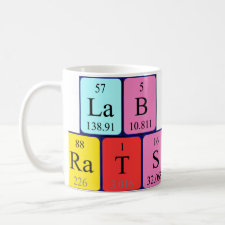
Authors: Wang SM, Ge L, Li L, Yan M, Ge SG, Yu JH
Article Title: Molecularly imprinted polymer grafted paper-based multi-disk micro-disk plate for chemiluminescence detection of pesticide.
Publication date: 2013
Journal: Biosensors and Bioelectronics
Volume: 50
Page numbers: 262-268.
DOI: 10.1016/j.bios.2013.07.003
Alternative URL: http://www.sciencedirect.com/science/article/pii/S095656631300465X
Abstract: The detection of pesticides has attracted considerable attention in numerous fields, such as environmental monitoring and food safety. Although traditional sensors for pesticides have been widely explored due to their high sensitivity and specificity, it is still challenging to develop a low-cost, portable, fast, and easy-to-use detection method for the public use at home or in the field. To address these challenges, herein, we report a novel paper-based molecular imprinted polymer (MIP)-grafted multi-disk micro-disk plate (P-MIP-MMP) for sensitive and specific chemiluminescence (CL) detection of pesticides through an indirect competitive assay using 2,4-dichlorophenoxyacetic acid (2,4-D) as a proof-of-concept analyte. The MIP-grafted paper disks were prepared by a simple in situ polymerization of MIP layer on the surface of cellulose fibers in paper. The quantification mechanism of this P-MIP-MMP is based on a competition between free 2,4-D and tobacco peroxidase (TOP) labeled 2,4-D and the enzyme catalyzed CL emission from the luminol-TOP-H2O2 CL system. At optimal conditions, this P-MIP-MMP can detect 2,4-D at the concentration of femtomolar level. This approach provided a powerful protocol for simple, low-cost, rapid, and high-throughput detection of pesticides in real samples with satisfactory results for use in areas such as food inspection and environmental monitoring
Template and target information: 2,4-dichlorophenoxyacetic acid, 2,4-D
Author keywords: Lab on paper, Molecularly imprinted polymers, chemiluminescence, pesticide



Join the Society for Molecular Imprinting

New items RSS feed
Sign-up for e-mail updates:
Choose between receiving an occasional newsletter or more frequent e-mail alerts.
Click here to go to the sign-up page.
Is your name elemental or peptidic? Enter your name and find out by clicking either of the buttons below!
Other products you may like:
 MIPdatabase
MIPdatabase









